Information Technology Reference
In-Depth Information
an organism as an autonomous entity. The original version came from three
Chilean neuro-philosophers, who invented the idea of autopoiesis. One of
them is sitting here, Francisco Varela; another one is Umberto Maturana,
and the third one is Ricardo Uribe, who is now at the University of Illinois.
They wrote the first paper in English on the notion of autopoiesis, and in
my computer language I would say that autopoiesis is that organization
which computes its own organization. I hope that Francisco will not let me
down tomorrow and will address himself to the notion of autopoiesis.
Autopoiesis is a notion that requires systemic closure. That means organi-
zational, but not necessarily thermodynamic, closure. Autopoietic systems
are thermodynamically open, but organizationally closed.
Without going into details I would like to mention that the concept of
closure has recently become very popular in mathematics by calling upon
a highly developed branch of it, namely, Recursive Function Theory. One
of its concerns is with operations that iteratively operate on their outcomes,
that is, they are operationally closed. Some of these results are directly asso-
ciated with notions of self-organization, stable, unstable, multiple and
dynamic equilibria, as well as other concepts that would fit into the topic
of our symposium.
However, traditionally there have always been logical problems associ-
ated with the concept of closure, hence the reluctance until recently to take
on some of its problematic aspects. Consider, for example, the relation of
an observer to the system he observes. Under closure, he would be included
in the system of his observation. But this would be anathema in a science
where the rule is “objectivity.” Objectivity demands that the properties of
the observer shall not enter the descriptions of his observations. This pro-
scription becomes manifest when you submit to any scientific journal an
article containing a phrase like “I observed that...”The editor will return
it with the correction “It can be observed that...”I claim that this shift
from “I” to “it” is a strategy to avoid responsibility: “it” cannot be respon-
sible; moreover, “it” cannot observe!
The aversion to closure, in the sense of the observer being part of the
system he observes, may go deeper. It may derive from an orthodox appre-
hension that self-reference will invite paradox, and inviting paradox is like
making the goat the gardener. How would you take it if I were to make the
following self-referential utterance: “I am a liar.” Do I speak the truth? Then
I lie. But when I lie, I speak the truth. Apparently, such logical mischief has
no place in a science that hopes to build on a solid foundation where state-
ments are supposedly either true or else false.
However, let me say that the problems of the logic of self-reference have
been handled very elegantly by a calculus of self-reference, whose author
is sitting on my left (Varela). I hope he will not let me down and will give
me a bit of self-reference when he speaks tomorrow!
Social theory needs agents that account for the cohesiveness of social
structure. Traditionally the agents are seen in sets of proscriptions issued

Search WWH ::

Custom Search